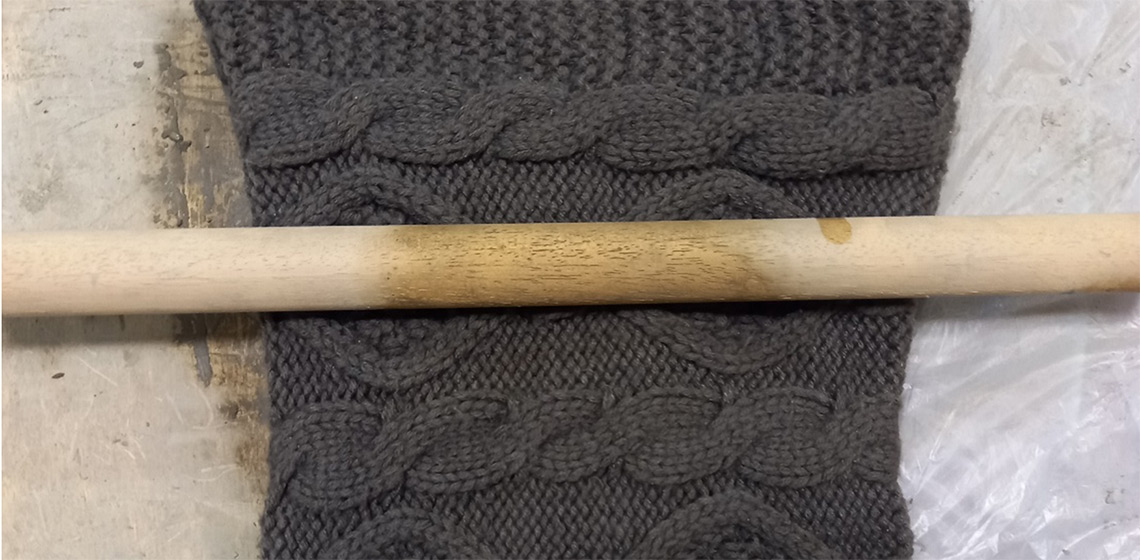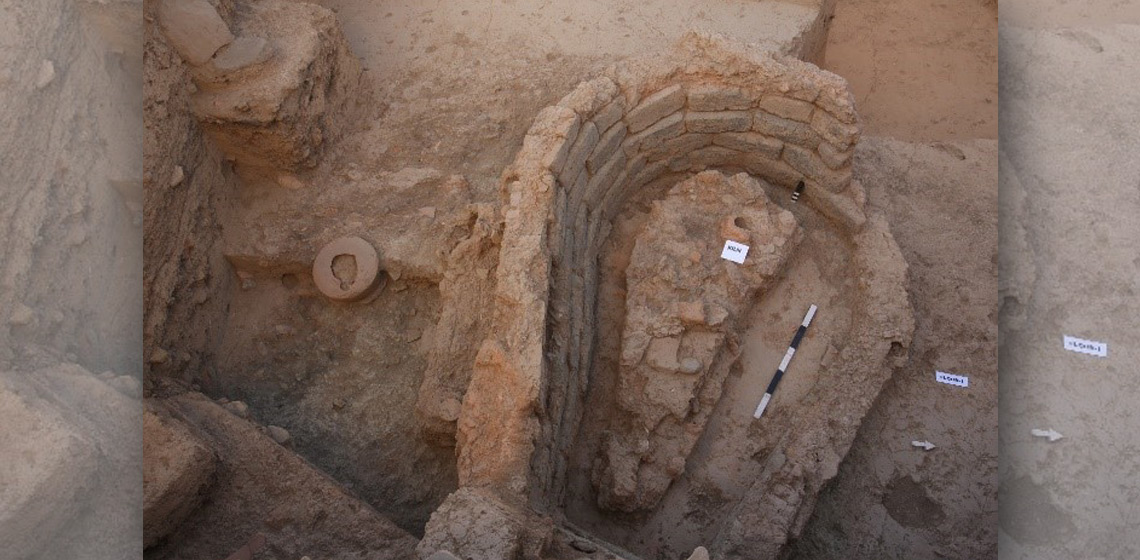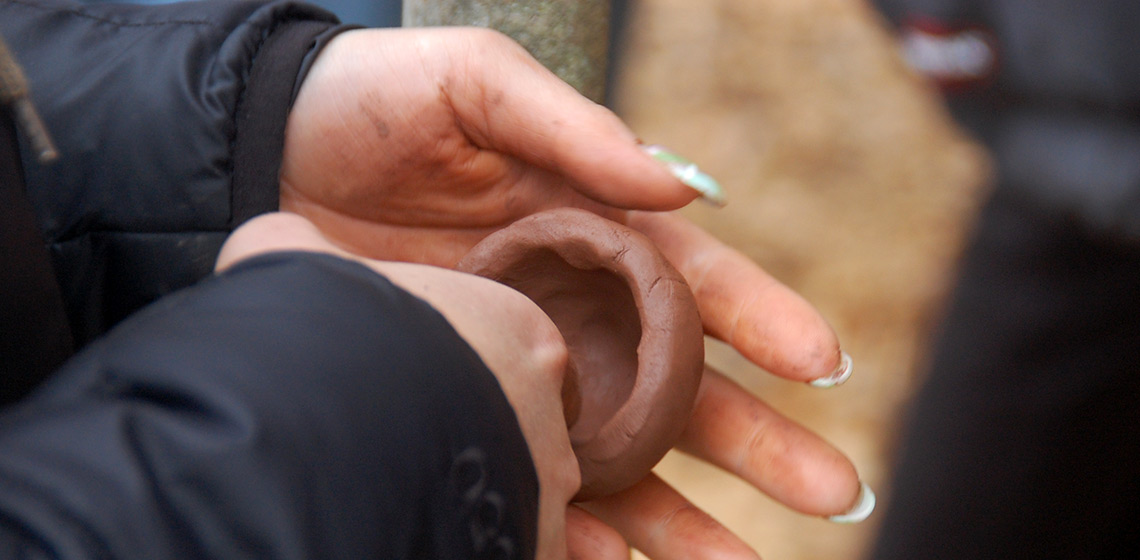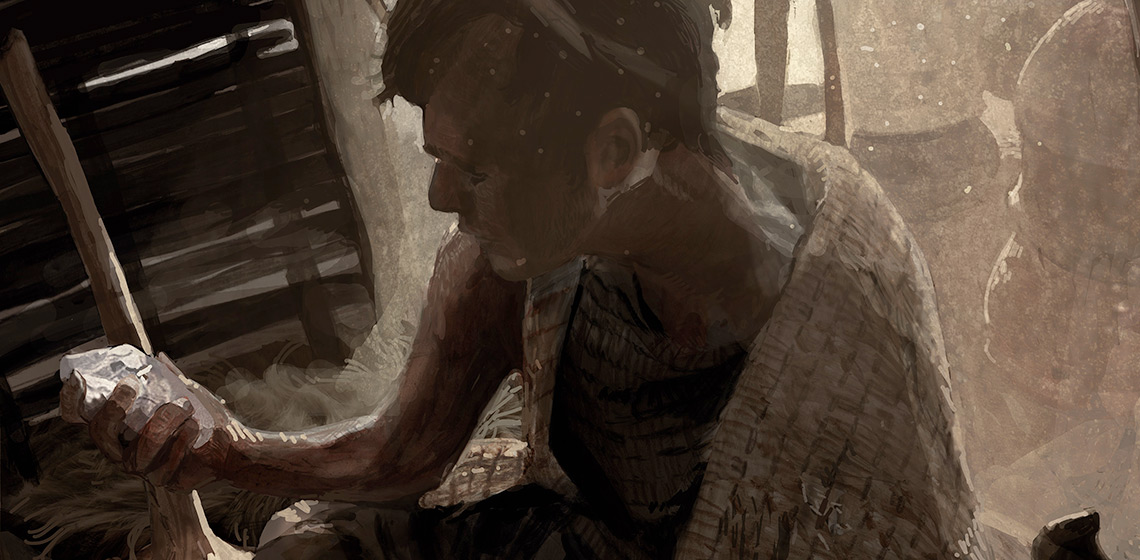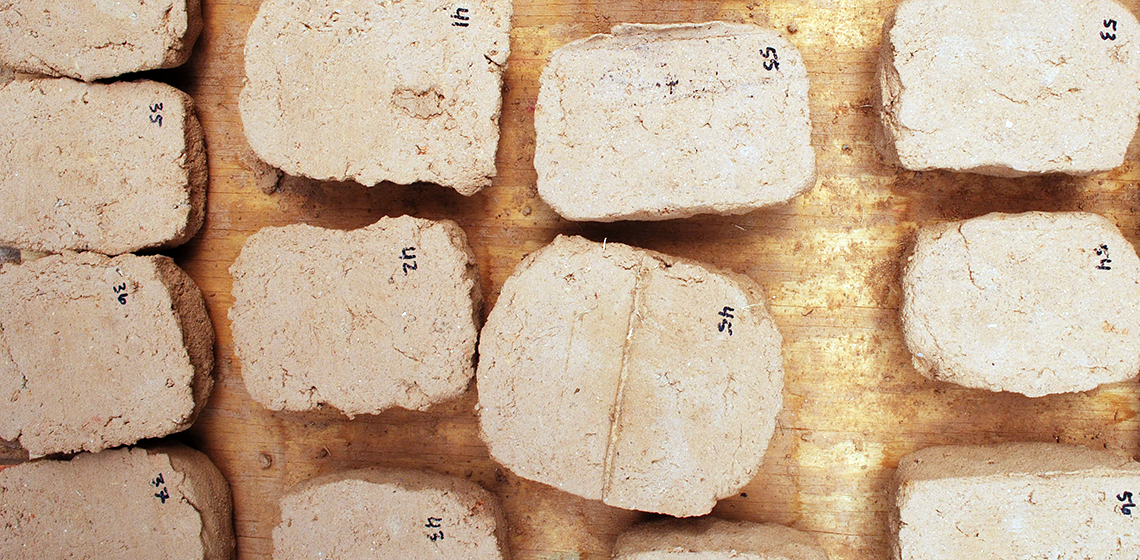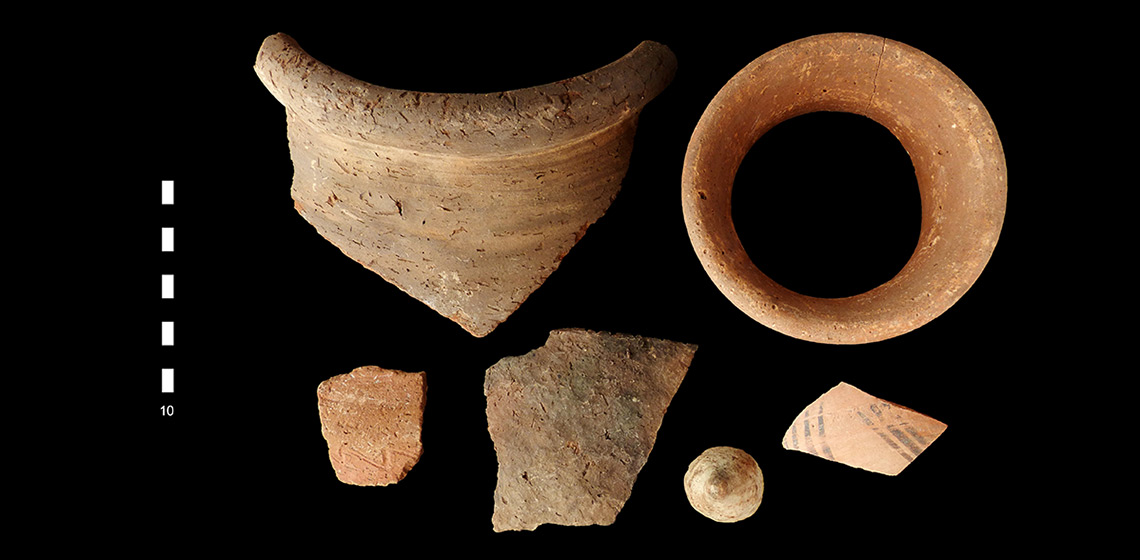ceramics
Documenting Traces Left on Ceramic Surfaces by Tools Used for Treatment and/or Decoration: an Experimental Approach
Publication Date
This study explores the role of experimental archaeology in investigating ancient ceramic production techniques. Utilising materials analysed by Rammo (2017) from the fortified settlements of Asva, Ridala, and Iru in Estonia, we focus on two types of impressions on sherds dated to the beginning of the 1st millennium BC. Our aim was to test the hypotheses concerning the execution methods of these impressions and evaluate the effectiveness of experimental methodologies in recreating them...
Event Review: Vounous 2024
Publication Date
The annual Vounous Symposium was once again held at the site of the Bronze Age cemetery in Çatalköy, Northern Cyprus, from 1-16 September. Over 60 artists and researchers from Europe and America participated in the event, recreating Bronze Age Vounous ceramics. As in past years, artists, craftworkers, and researchers gathered from around the world to participate and experiment with...
Approaching Pottery Burnishing through Experimental Firings
Publication Date
This study assesses the impact of firing on burnished ceramic surfaces. For this task, two main factors related to burnishing were examined and evaluated, the reflection of the ceramics and pottery surface sheen. Macroscopic observations on the burnished surface were made with the naked eye...
Reconstructing the Pyrotechnological Development of the Harappans Using Ethnoarchaeological Parallels in The Region of Ghaggar, India
Publication Date
Indus Valley Civilization flourished in India and Pakistan owing to its technological advancements dating back to the 3rd millennium BC. The present paper aims to trace the emergence of pyrotechnology through documenting the industrial settlements that have been excavated in recent years, as well as locating the potential trading network for the craft items being produced at these small settlements on...
Experimenting with the Ancient Greek Pottery Production Process from Clay Selection to Firing in a (Re)constructed Updraft Kiln
Publication Date
This article presents an experimental archaeology project that aimed to reproduce the Hellenistic Greek pottery production process. The project's main research questions were focused on understanding how locally available raw materials and climatic conditions influenced the production process and how the process created social networks with the local community...
Pottery at the Scottish Crannog Centre
Publication Date
The Scottish Crannog Centre, an open-air museum on Loch Tay in Highland Perthshire, has been able to do some really meaningful, powerful work over the past 12 months focusing on the power of prehistoric pottery! Supported by the Esmee Fairbairn Collections Fund and the Headley Trustand Art Fund, the project has led to new relationships, a new strategic partner for the organisation and ...
Call for information: Recycling in the Late Neolithic at the Vlaardingen site of Den Haag-Steynhof
Publication Date
The Putting life into Late Neolithic houses project looks at all the different aspects of what life could have been like for “the people in the Rhine/Meuse delta at about c. 2900 – 2500 BC.” (www.puttinglife.com). This is not only done by academic research, experiments, and material analysis, but also through illustrations produced by archaeological reconstruction illustrator Kelvin Wilson.
Different Vessel Surface Polishing Methods and Mutual Effects of their Applications
Publication Date
The discovery of an excavated cup with a glossy surface prompted reflection on the polishing of vessel surfaces and their mutual significance. We present the results of the application of three different polishing methods along with a reflection on their function and on the skills and ability of the potter...
Scored Basins from Late Minoan Crete: an Experimental Interpretation from Construction to Functionality
Publication Date
During the Bronze Age in Crete, agriculture, pottery production, metallurgy, textiles, architectural feats, trade, and other specializations flourished. Throughout habitation on Crete, pottery production was an area of craftsmanship and practicality from the end of the Neolithic to Mycenean and Iron Age. This experiment, however, relates to the Late Minoan I period in the geographical region of Mochlos...
An Experimental Approach to Assessing the Tempering and Firing of Local Pottery Production in Nubia during the New Kingdom Period
Publication Date
Recently, the development of an independent strand of study, known as the ‘archaeology of dung,’ has resulted in numerous cross-geographical publications confirming the use of animal dung in archaeological deposits as the main fuel source and several other purposes. Most of these studies focus on the analysis of the microscopic evidence attributable to dung...

